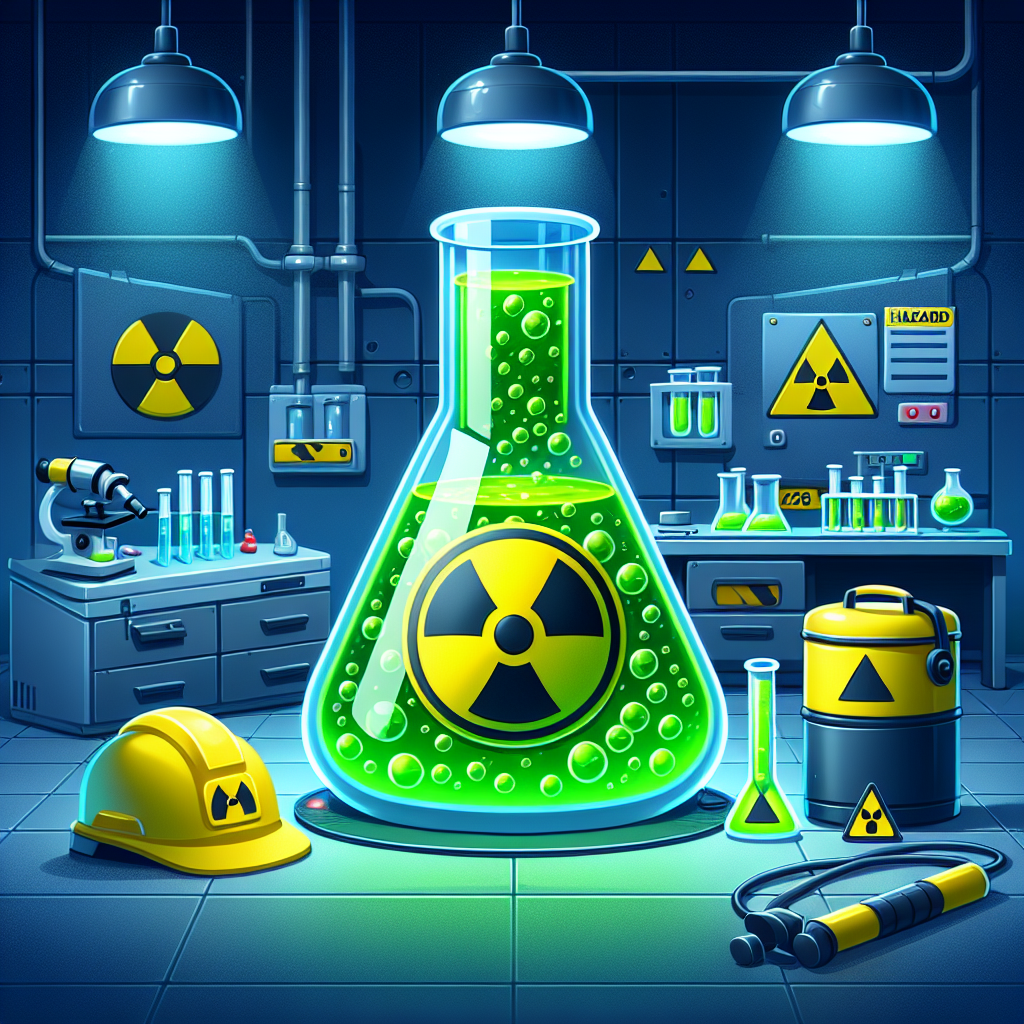IAEA Strengthens Global Cooperation on Disused Radioactive Source Management
Radioactive sources—used extensively in cancer treatment, industrial radiography, agriculture, and research—are vital tools in modern society.

Earlier this month, 151 legal and technical experts from 112 countries convened in Vienna for the first in-person global meeting since the publication of the IAEA’s Guidance on the Management of Disused Radioactive Sources in 2018. The gathering, hosted by the International Atomic Energy Agency (IAEA), marked a major milestone in international cooperation on radiation safety and security, as countries shared progress, challenges, and best practices in implementing the Guidance and safeguarding radioactive sources throughout their lifecycle.
Radioactive sources—used extensively in cancer treatment, industrial radiography, agriculture, and research—are vital tools in modern society. However, their improper disposal after they become disused can pose serious safety and security risks, including accidental radiation exposure and unauthorized or malicious use. The IAEA’s 2018 Guidance provides practical recommendations to reuse, recycle, return to supplier, store, or dispose of these sources in accordance with national and international safety standards.
“The highest standards of safety and security should be upheld to protect people and the environment from potential harm or misuse throughout the lifecycle of a radioactive source,” said Elena Buglova, Director of the IAEA’s Division of Nuclear Security. “We witness growing support for international instruments, including the Code of Conduct and this Guidance,” she emphasized in her opening remarks.
Code of Conduct and the Guidance: Cornerstones of Radiation Safety
The Code of Conduct on the Safety and Security of Radioactive Sources—a legally non-binding yet widely endorsed international instrument—has been adopted by 153 countries, including 75 that have also formally committed to the supplementary Guidance. The Code provides principles and objectives to ensure the safe use and end-of-life management of radioactive sources, while the Guidance, applicable to Category 1–3 sources, offers concrete steps for their secure handling once disused.
The IAEA safety categorization defines Category 1 sources as the most dangerous, capable of posing very high risks to human health if mishandled. These are commonly used in radiotherapy and industrial irradiators. Category 2 and 3 sources also represent significant hazards and are found in radiography and medical diagnostics.
“Ghana has made strides toward establishing a sound regulatory regime and has adopted the ‘cradle-to-grave’ approach,” said Augustine Faanu, Deputy Director General of Ghana’s Nuclear Regulatory Authority. “We aim to establish the necessary regulations, policies, and resources to implement the Guidance sustainably.”
Survey Insights and Implementation Trends
During the meeting, the IAEA presented findings from a global survey assessing the implementation of the Guidance. The survey revealed notable regional disparities in areas such as:
-
Establishment of national policy and strategy for disused source management.
-
Procedures for declaring disused sources as waste.
-
Development of long-term disposal programmes.
While many countries reported improvements in workforce training and regulatory clarity, challenges persist in financing long-term storage and defining institutional responsibilities. Technical limitations, lack of public awareness, and limited disposal infrastructure also remain barriers to full implementation in several Member States.
“The results, validated in the meeting discussions, highlight both successes and gaps,” said Hildegarde Vandenhove, Director of the IAEA’s Division of Radiation, Transport and Waste Safety. “The Code and the Guidance are playing a central role in helping countries improve management practices for radioactive sources throughout their lifecycle.”
National Experiences and Stakeholder Engagement
The week-long meeting served as a knowledge-sharing forum where countries presented case studies on:
-
Establishing national registries of disused sources.
-
Legal and regulatory reforms aligned with the IAEA standards.
-
Strategies for managing orphan sources—radioactive materials found outside of regulatory control.
-
Cross-sector collaboration involving regulators, suppliers, transporters, and waste management entities.
“Continued international cooperation, exchange of best practices, and stakeholder engagement are essential,” said Cristina A. Dominguez, Chair of the meeting and Head of Legal Affairs at Argentina’s Nuclear Regulatory Authority. “There’s momentum, but we must now secure policies, funding, and infrastructure to turn intent into long-term solutions.”
Looking Forward: Advancing Safe, Secure, and Sustainable Practices
The IAEA emphasized the importance of developing national disposal pathways for disused sources and ensuring countries have the technical and institutional capacity to carry out risk-informed management practices. The Guidance encourages countries to adopt a lifecycle approach, with clear accountability from manufacture to disposal, promoting international cooperation and regional harmonization of standards.
The IAEA continues to provide technical assistance, training, and advisory services to help Member States implement these recommendations. The agency is also encouraging the development of regional repositories, mobile conditioning units, and return-to-supplier programmes to provide practical disposal solutions in low- and middle-income countries.
“By managing disused radioactive sources effectively, countries can significantly reduce radiological risks and reinforce public trust in the beneficial uses of nuclear technology,” said Buglova.
As the world becomes increasingly reliant on radiation-based technologies, the proper handling of radioactive sources—especially at the end of their useful lives—has become a global priority. The 2025 IAEA meeting has reignited momentum to strengthen cooperation, update national frameworks, and ensure that every source is accounted for, secured, and safely managed.
- READ MORE ON:
- IAEA
- radioactive sources
- radiation safety
- disused sources
- Code of Conduct
- nuclear security
- radioactive waste
- Category 1 sources
- international cooperation
- Ghana
- stakeholder engagement
- Elena Buglova
- Hildegarde Vandenhove
- Cristina Dominguez
- global radiation protection
- cradle-to-grave approach
- IAEA Guidance










